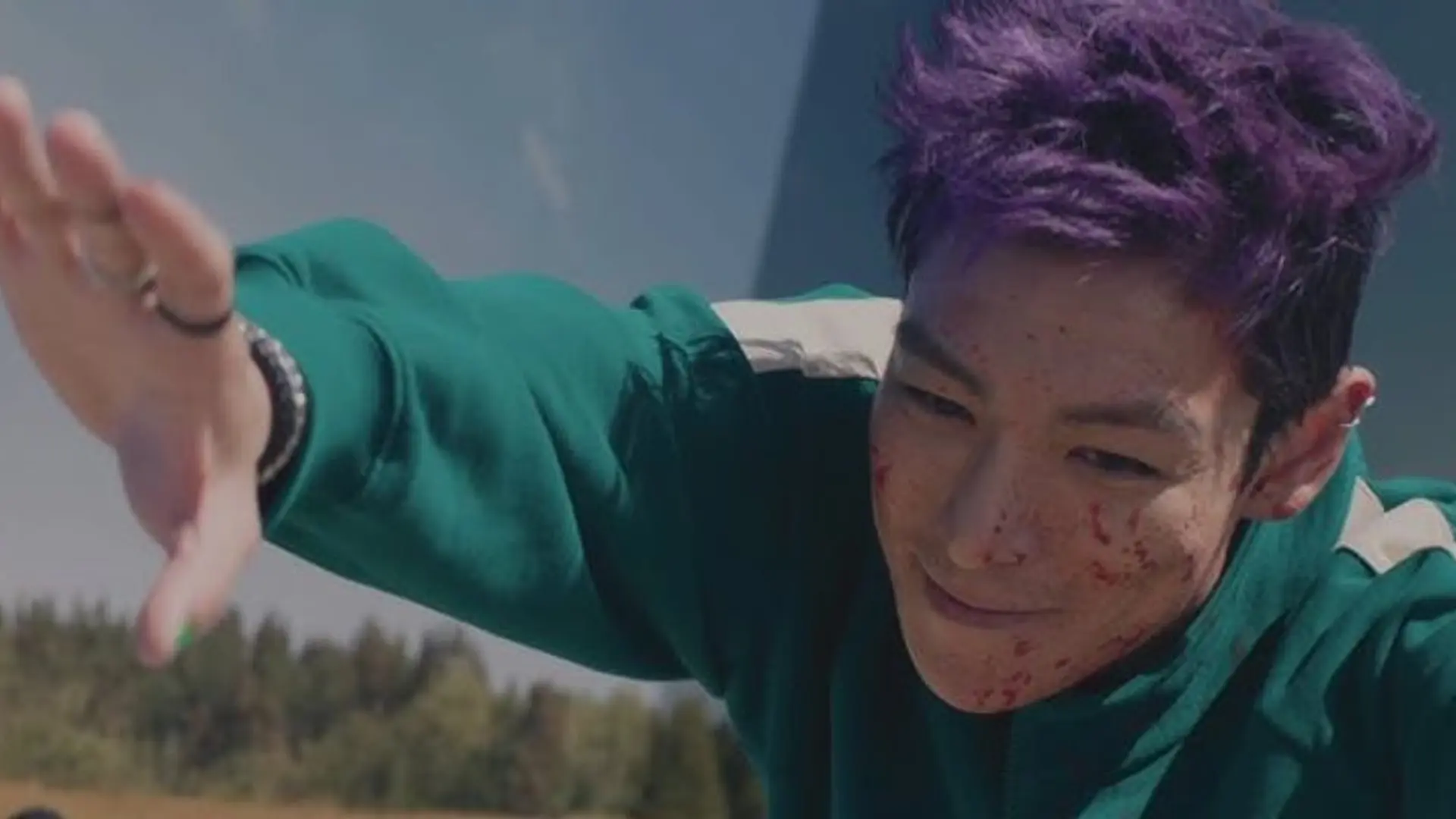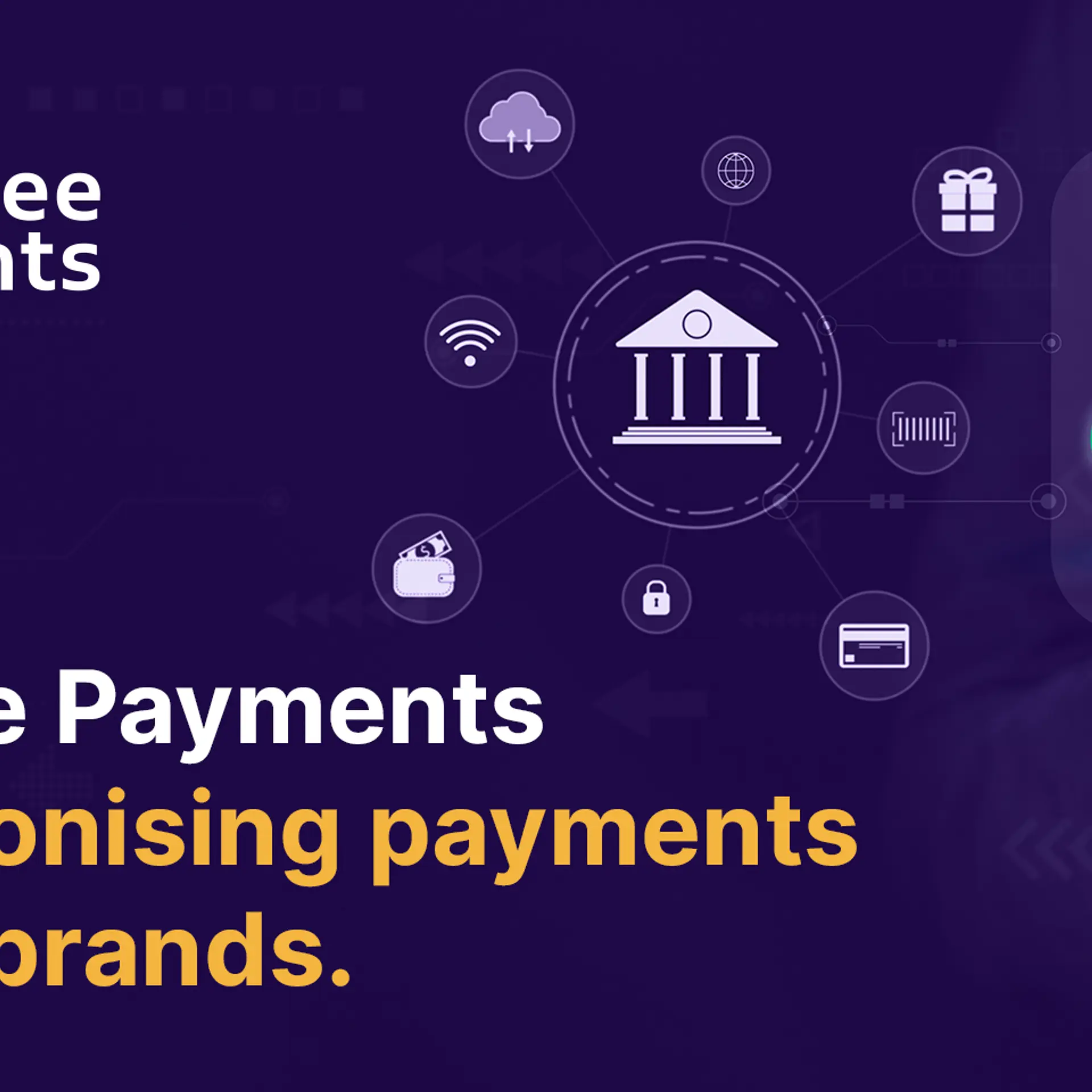Mom I know How You Feel; The Story Of How Rajendra Sadhu Developed VESAG
The article has been reblogged from Mahindra Rise
WITH A MASTERS in IT from Vijaywada, an MBA from Rutgers University in New Jersey, and 10 years at Verizon Wireless, one would have assumed Sadhu, 39, had his professional life all charted out. Instead, he quit his job and invested his life’s savings in creating VESAG.

THE CHALLENGE
WHAT’S INCREDIBLE is not that Rajendra Sadhu, founder of Vyzin Electronics, thought of the device he later named VESAG; what’s amazing is that no one had thought of it before. When his parents’ ill health caused him to leave everything in the United States and come home to look after them, he started to wonder at the absence of monitoring services or devices that could help avert a medical disaster.
THE IDEA
SADHU CONCEIVED of a remote monitoring device that could be ‘worn’ and that would track the vitals of the user; the device would trigger an emergency response mechanism when something was wrong. On coming up with the idea in March 2010, he knew he had a winner; before starting work on developing it, he applied for the requisite patents, then started work on the device and by November, had a working prototype.

At the core of VESAG, which is designed like a wristwatch, is the monitoring of almost 17 health vitals such as pulse, heart rate, blood pressure, oxygen saturation, etc. Any change in the vitals above a certain level triggers an emergency call to a pre-fixed number; either an ambulance or a hospital. Vyzin has also tied up with Mera Doctor, a Mumbai-based doctor-on-call service to offer a bonus service: at the push of a button, the patient is connected to a doctor who can analyse the information, being transmitted by the device, to offer a diagnosis.You can set medicine reminders on it; also, downloading a simple app on any Android phone can give the user’s family, anywhere in the world, real-time access to their vitals and health data.
VESAG uses a SIM card and a basic GPRS data connection to transfer data to the VESAG portal, from where the data can be disseminated in a host of ways. There’s a built-in microphone and speakerphone; as well as a built-in wireless hub to receive and relay data. In India, the device costs about Rs 6,500, while one year’s subscription to the Mera Doctor service comes free.
THE INNOVATOR
WITH A MASTERS in IT from Vijaywada, an MBA from Rutgers University in New Jersey, and 10 years at Verizon Wireless, one would have assumed Sadhu, 39, had his professional life all charted out. Instead, he quit his job and invested his life’s savings in creating VESAG. Actual development of the device was primarily done by him; it was only when he came upon specific requirements, “such as the plastic injection mould needed for the watch”, that he brought other people in to work with him. In March 2011, Connected World magazine ranked the device the No 1 Connected Health Devices in the world.
THE IMPACT

NOW SOLD IN over 10 countries, Sadhu says the response has been phenomenal. “Every day, we receive emails from around the world from caregivers whose lives have been transformed by having access to VESAG. It also frees up women who oen don’t work, to step out of the house, secure that elderly family members are monitored.” Many, though, have found innovative uses for VESAG. “Parents use it to monitor children’s well-being when at school,” he says. “We have started hearing of BPO employees who find it offers them a sense of security and access to emergency services when coming home late at night.”
THE WAY FORWARD
“IT’S INEXPENSIVE, BUT even this proves too much of an investment in villages,” says Sadhu. He’s currently piloting a project whereby individual devices are placed at a panchayat office. “Each watch can store up to 99,999 unique IDs. Villagers can be given a unique ID number; they can wear the watch after entering their unique ID number. This transmits their health information to doctors and can prove a fantastic diagnostic tool when there aren’t hospitals or doctors close by,” says Sadhu.
Submit your idea and SparkTheRise.







